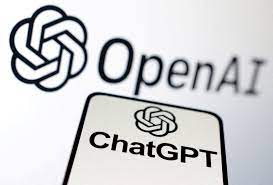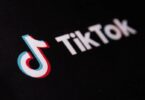NEW YORK (Reuters): OpenAI’s ChatGPT, the wildly popular artificial intelligence chatbot launched in November, saw monthly website visits decline for the third month in a row in August, though there are signs the decline is coming to an end, according to analytics firm Similarweb.
Worldwide desktop and mobile website visits to the ChatGPT website decreased by 3.2% to 1.43 billion in August, following approximately 10% drops from each of the previous two months. The amount of time visitors spent on the website has also been declining monthly since March, from an average of 8.7 minutes on site to 7 minutes on site in August.
But August worldwide unique visitors ticked up to 180.5 million users from 180 million.
School coming back into session in September may help ChatGPT’s traffic and usage, and some schools have begun to embrace it. U.S. ChatGPT traffic in August rose slightly, in concert with American schools being back in session.
“Students seeking homework help appears to be part of the story: the percentage of younger users of the website dropped over the summer and is now starting to bounce back,” said David F. Carr of Similarweb, who regularly tracks ChatGPT and its competitors.
ChatGPT set off a frenzied use of generative AI in daily tasks from editing to coding and reached 100 million monthly active users in January, two months after its launch. Generative AI technology uses past data to create new content, for instance to write essays or poems.
Before Meta’s Threads launch, it was the fastest-growing consumer application ever, and is now one of the top 30 websites in the world.
A few ChatGPT competitors, including Google’s (GOOGL.O) Bard chatbot, have been launched this year. Microsoft’s search engine Bing also provides a chatbot powered by OpenAI for free.
OpenAI also released the ChatGPT app on the iOS system in May, which could sap some traffic from its website. ChatGPT is free to use but also provides a premium subscription for $20 a month.
Besides ChatGPT, OpenAI makes money by selling access to its AI models for developers and enterprises directly and through a partnership with Microsoft, which invested over $10 billion into the company.







